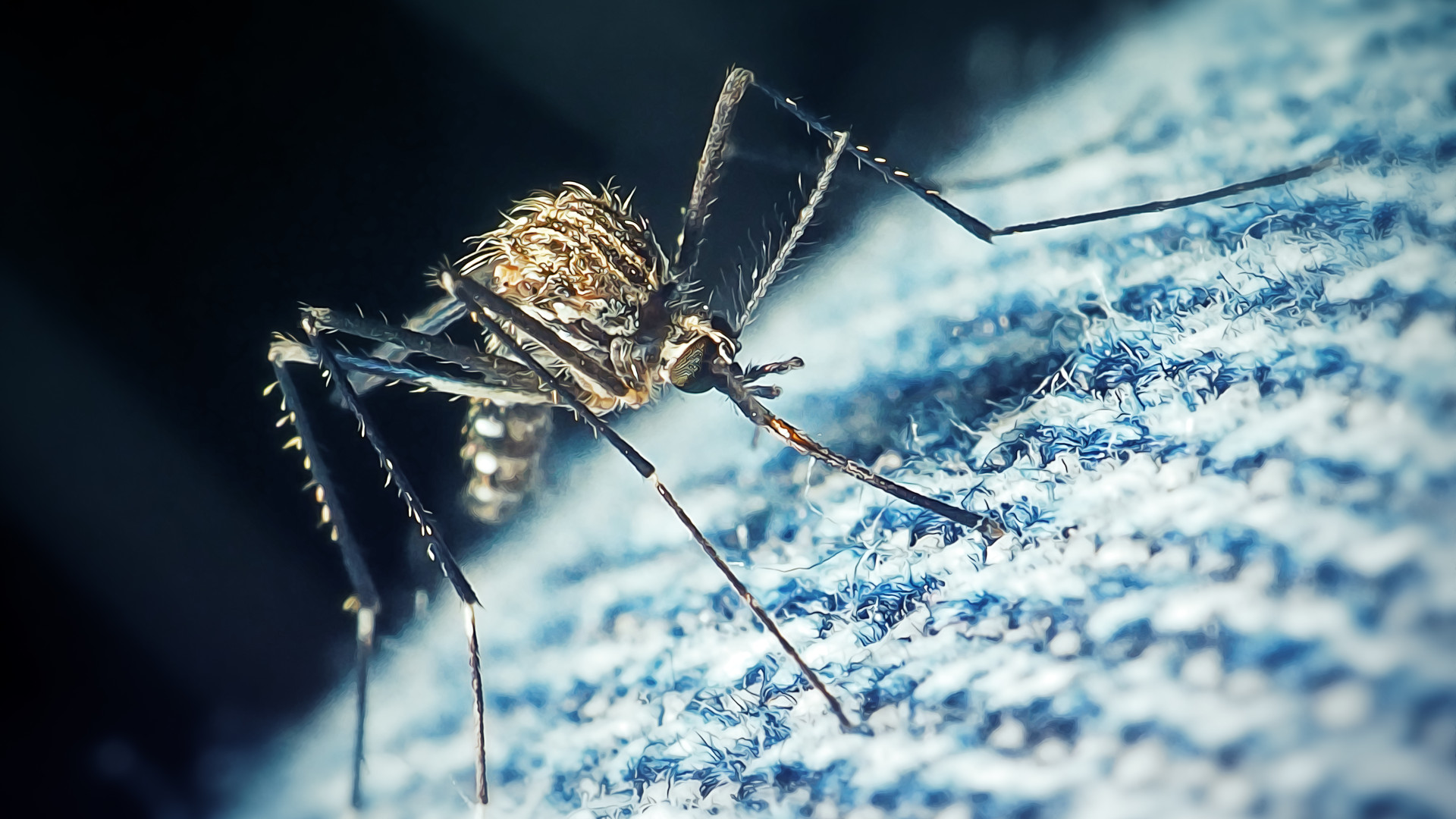Malaria-on-a-Chip Model Shows Promise for Advancing Disease Treatments

Study in a Sentence: Hesperos, the human-on-a-chip company, models the full life cycle of a deadly malaria parasite by combining a human multi-organ chip model with digital twin technology to improve pre-clinical drug efficacy and safety.
Healthy for Humans: Plasmodium falciparum, the deadliest malaria parasite, is responsible for approximately 600,000 deaths and infecting more than 250 million people each year. Treatment-resistant strains of the parasite are believed to be a major contributor to the resurgence of cases in recent years. Nonanimal, human-based in vitro models offer a novel pathway toward improved therapeutic development by providing direct insight into how potential treatments impact humans.
Redefining Research: Researchers used a malaria-on-a-chip model, a multi-organ system with human liver, spleen, endothelial tissues, and P. falciparum-infected blood, to show the full life cycle of the parasite. The malaria-on-a-chip model was combined with digital twins—virtual representations of a biological system that use multiple sources of data, including toxicity, population, and health records—to evaluate how antimalarial drugs may impact distinct patient populations. This model advances malaria research and insight into treatments, particularly for vulnerable populations at greater risk for malaria.








